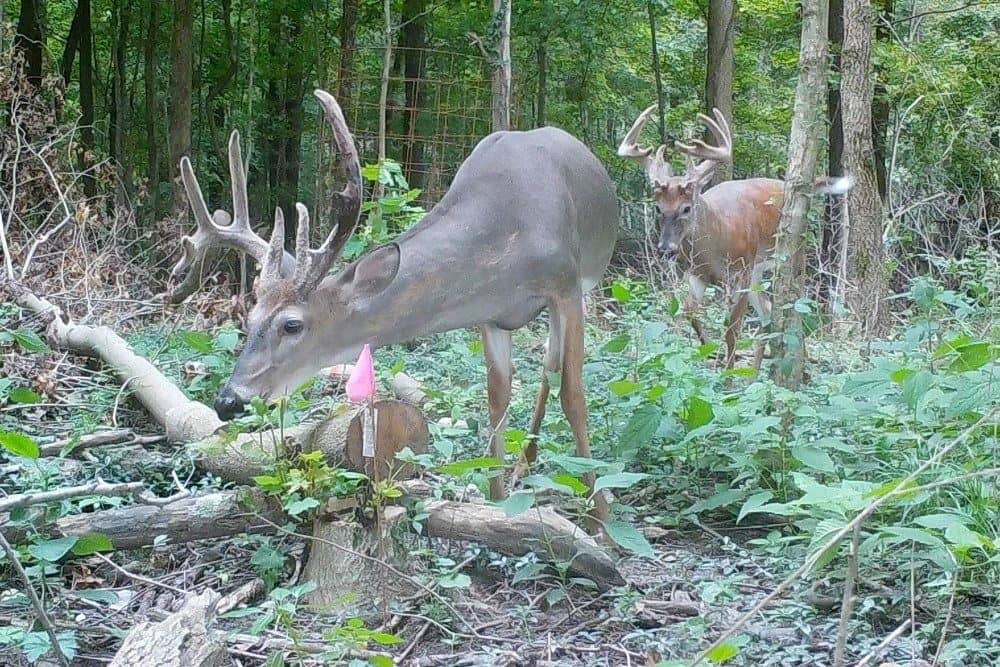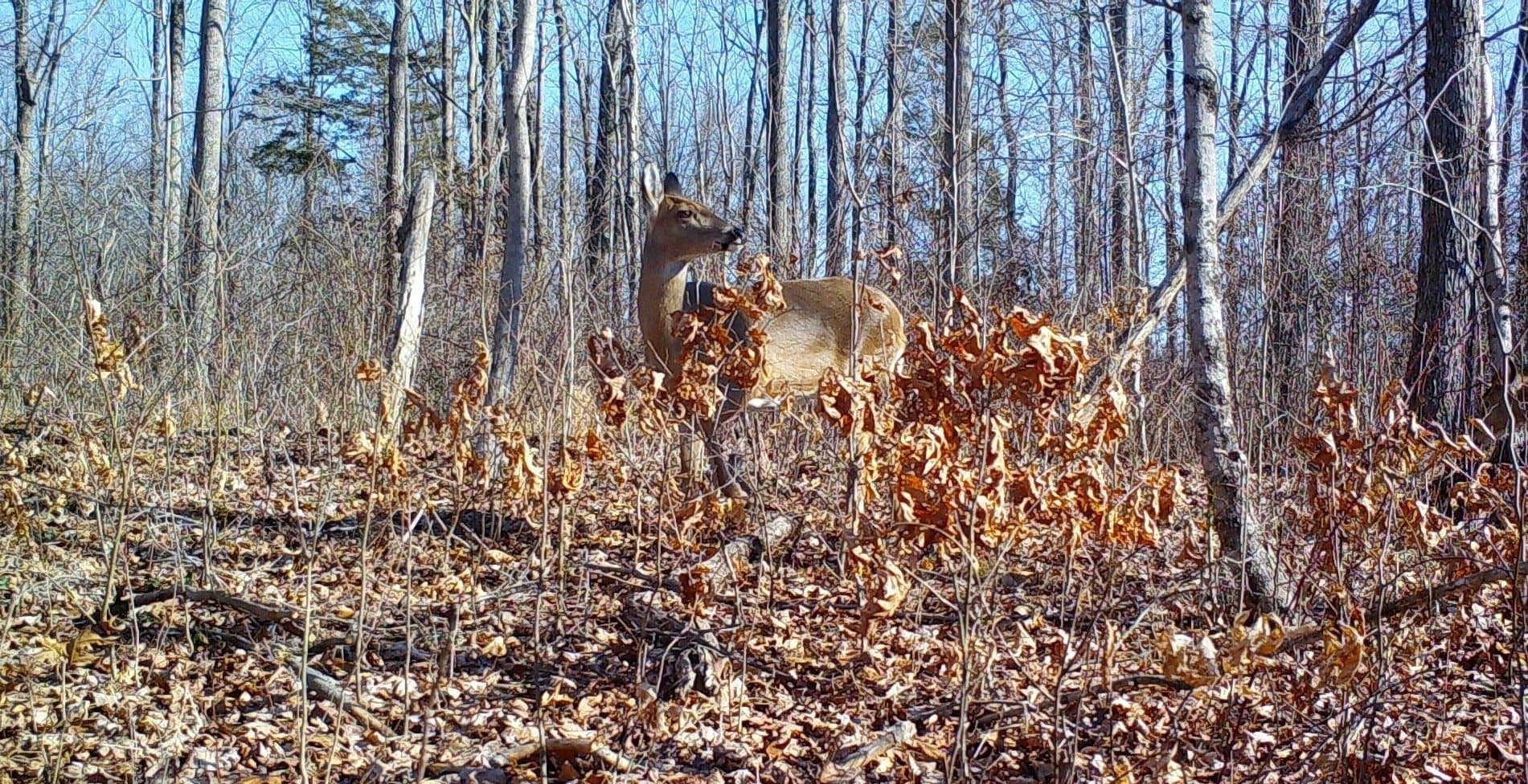Managing the Impact of White-tailed Deer on Indiana Woodlands

White-tailed deer are very important to Indiana woodlands. But in many areas of the state, deer populations have grown far beyond what the land can support.
“Through their browsing and what they eat, they can actually reduce plant diversity and limit the growth of some of our tree seedlings, such as Oak, which are both economically and ecologically important,” says Jarred Brooke, Purdue Extension Wildlife Specialist.
“They can actually cause issues with increases in the invasive species that they don’t eat, like Japanese stilt grass or garlic mustard,” he says.
For woodland owners across Indiana who might not be sure if deer are even a problem on their property, how can they better understand and measure deer impacts?
“I think the first step is being aware and being tuned in to the problems that deer can cause,” he says. “Fortunately, with the help of The Nature Conservancy here in Indiana, we at Purdue Extension created a series of publications and videos called the Deer Impact Toolbox, which are designed to help landowners really understand, monitor, and address the impacts that deer have in their woodlands. These resources are a great starting point for any landowner that is interested in learning more about deer impacts.”
He adds that the best way to manage those impacts from deer are hunting, habitat management, and plant protection.
“Through the reduction of the number of deer by harvesting does on your property, that can be an effective way to reduce their impact,” he says. “Also if you can improve the habitat for deer on your property, either through forest improvement or through a timber harvest, you can actually create more food on the landscape, which reduces overall dear impact.
“The last big way is through protecting the plants that you’re trying to keep deer from browsing. That can be fencing, tree plantations, putting tree tubes or tree shelters on young trees, or fencing sensitive areas from deer browsing,” he says.
CLICK BELOW to read each of the different publications available through the Deer Impact Toolbox:
- “Introduction to White-tailed Deer Impacts on Indiana Woodlands,”
- “Understanding White-tailed Deer and Their Impact on Indiana Woodlands
- “Monitoring White-tailed Deer and Their Impact on Indiana”
- “Managing White-tailed Deer Impacts on Indiana Woodlands”
Learn more about the different ways you can protect your woodland property at IFWOA.org.
CLICK BELOW to hear Hoosier Ag Today’s radio news report.
CLICK BELOW to hear Hoosier Ag Today’s full conversation with Jarred Brooke, Purdue Extension Wildlife Specialist, as he talks further about the impact that deer have on Indiana woodlands.


